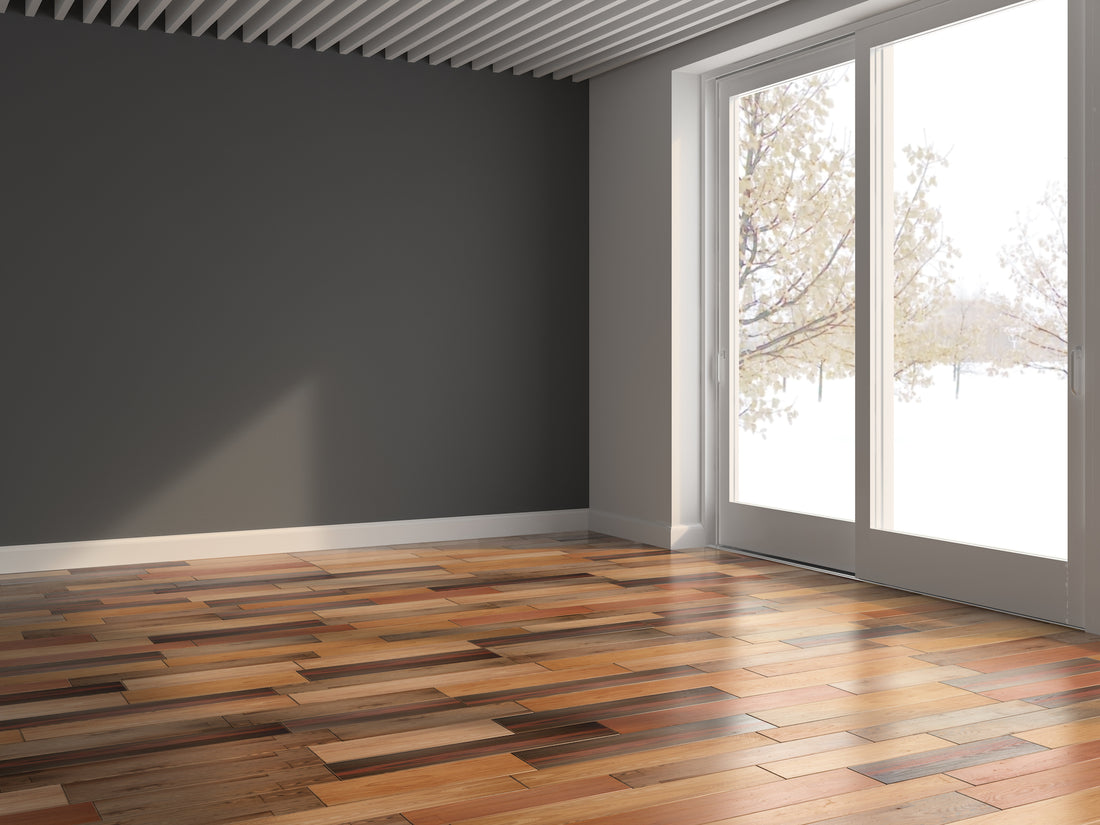
The first step in building a home gym is to choose the right space. Here’s how to pick the best option in your unique living arrangement.

Assess Your Space
Measure the length, width, and height of the room or area you want to use for your home or garage gym. Make sure the room or area is large enough to allow for safe movement, and make sure the ceiling height is sufficient for standing exercises or overhead lifts. A low ceiling can interfere with your lifts.
Also ask yourself if there are any restrictions, such as ceiling joists, windows, doors, pillars, uneven floors, or built-in furniture that can affect the layout, or if the space is shared, like a garage where you still want to park a car. Is there a weight limit? (We will get into the specific layout later, but you want to make sure it’s even doable before moving forward.)
An apartment home gym may have rental rules to respect. Reach out to management if you are unsure.

Evaluate Lighting and Ventilation
Check out the space’s lighting, ventilation, and climate. If possible, choose a space with windows for natural light to create a pleasant environment. If it’s dim, you might want to add proper lighting to your budget.
Ensure the space has good airflow. If there are no windows, consider adding fans or portable air conditioners. These may be especially important details for basement home gym ideas.
Also consider if your space is climate controlled. If not, assess the space for humidity concerns; humidity can make exercise uncomfortable and create extra wear and tear to your equipment.
Accessibility and Convenience
You also want to choose a location that is easy to access and not too far from your main living area to encourage regular use. Also, ask yourself if there are any existing storage options in your space. If not, make sure you earmark part of your budget for home gym storage. A chaotic gym ain’t it.

Noise and Distractions
Pick a space where your workout grunts won’t disturb other household members, and external noise (ahem, a tempting TV show) won’t distract you during workouts. A space with privacy can help you focus on your workouts without interruptions.
Electrical Outlets
Make sure there are enough outlets for any equipment that requires power, such as treadmills/cardio equipment that needs plugged in (note: an airbike doesn’t!), fans, or sound systems (although a wireless Bluetooth speaker can go anywhere).
Step 2: Consider your individual needs
Return to "Building a Home Gym: Everything You Need to Know"

NEWSLETTER SIGNUP
Product launch information, promotions, blogs, and REP news.







